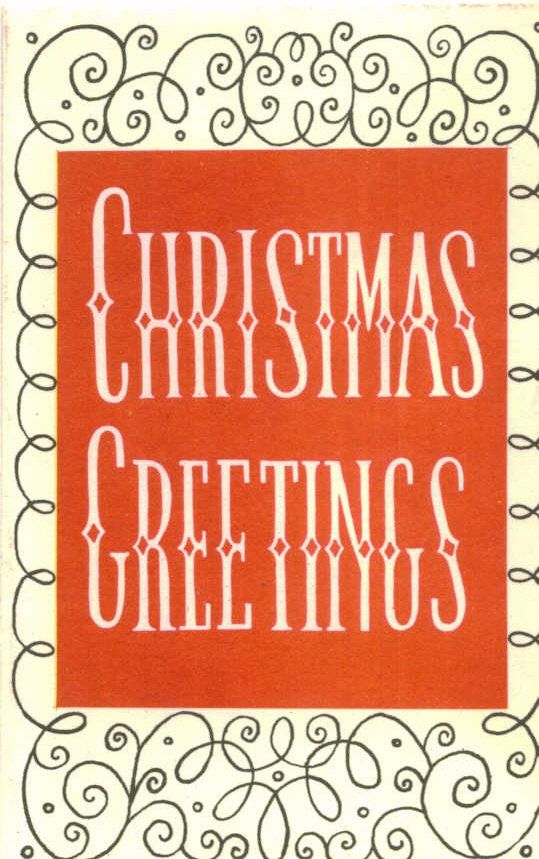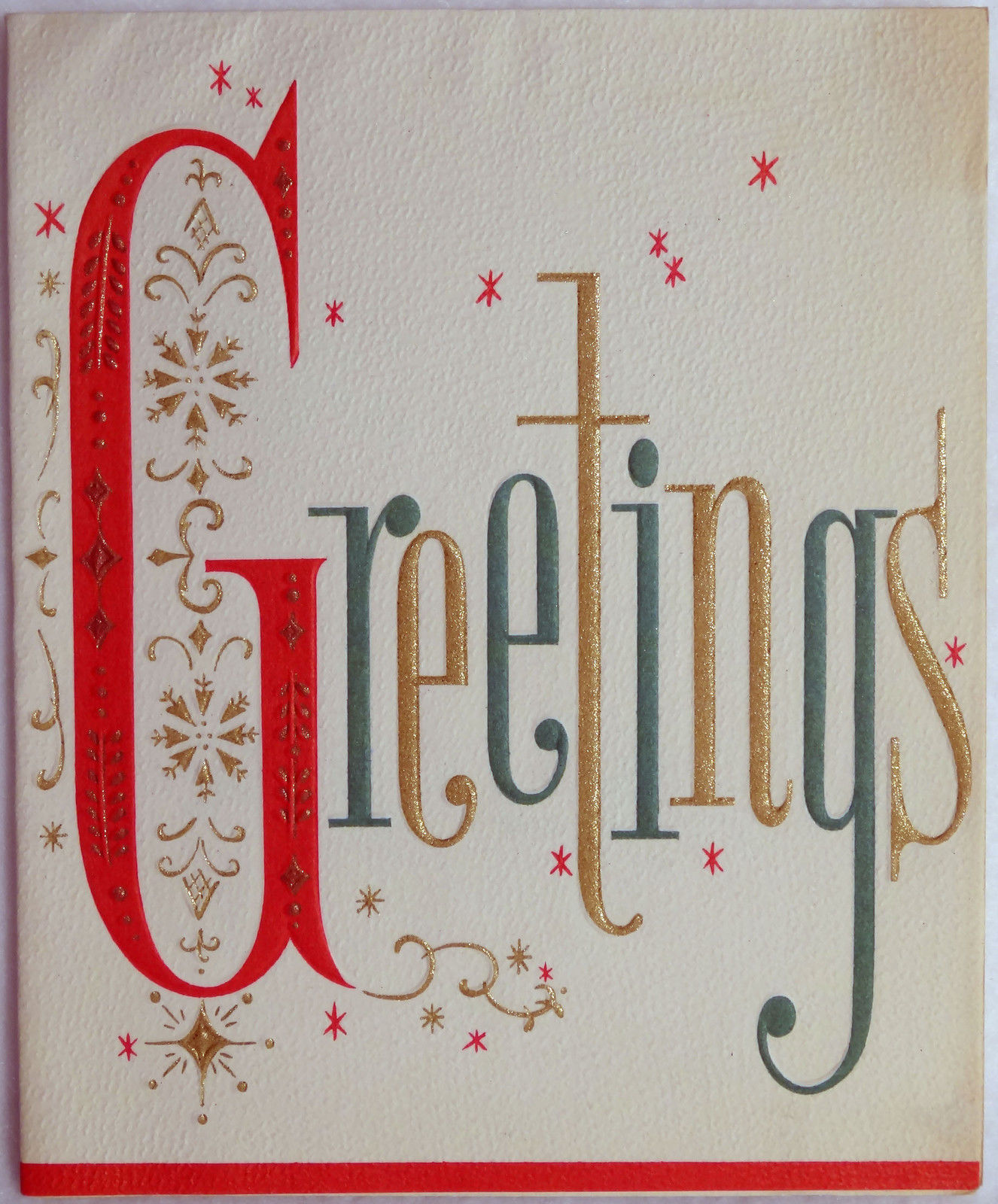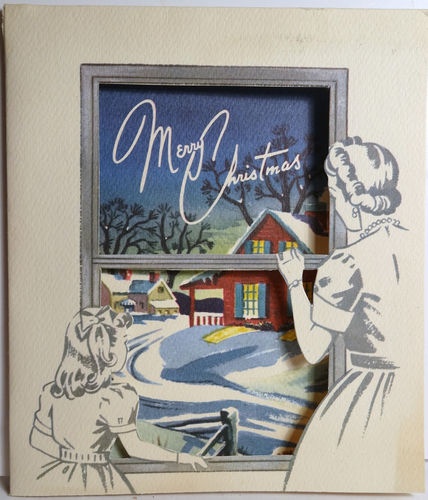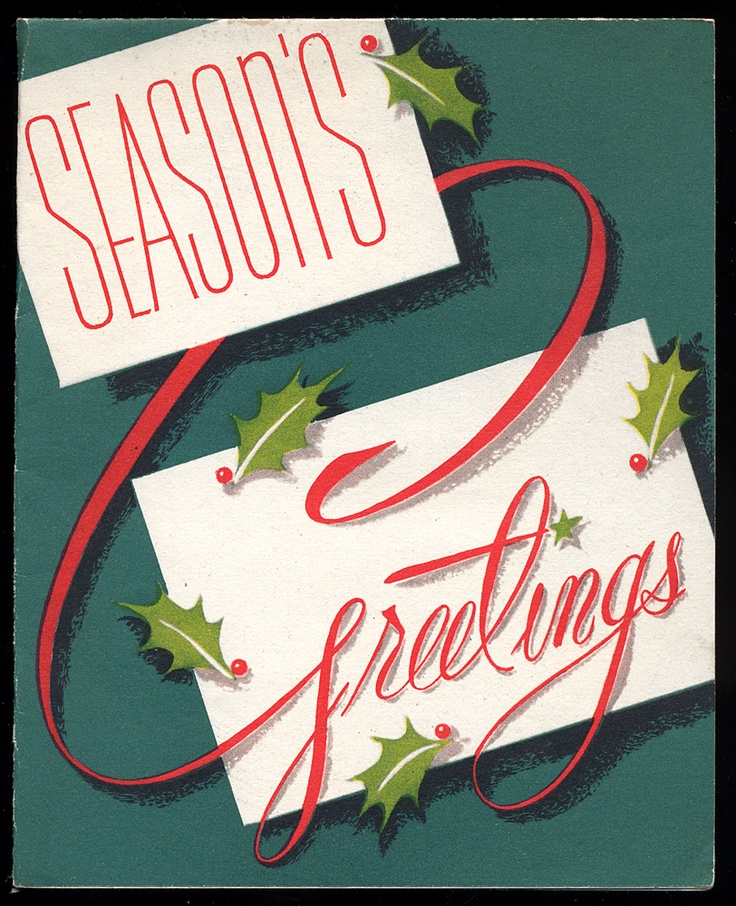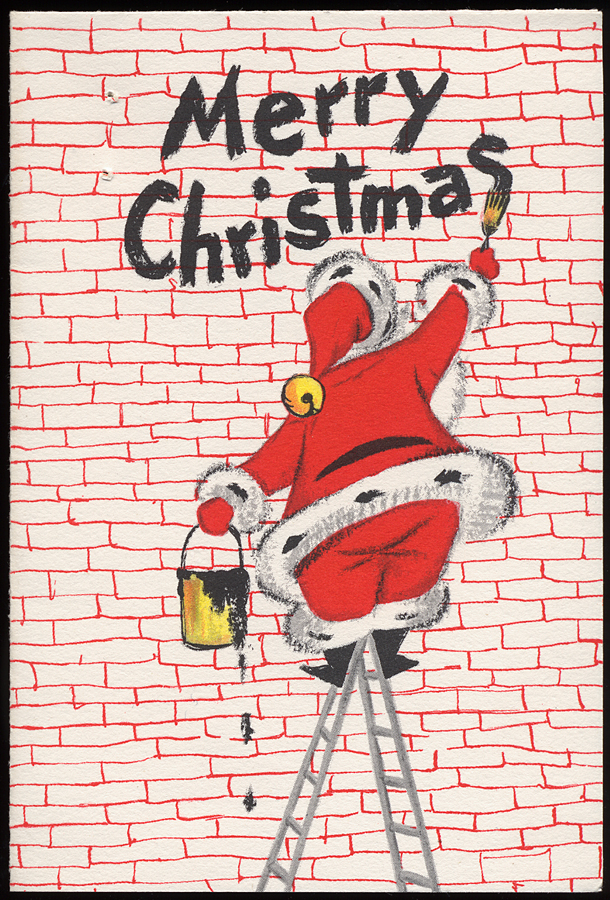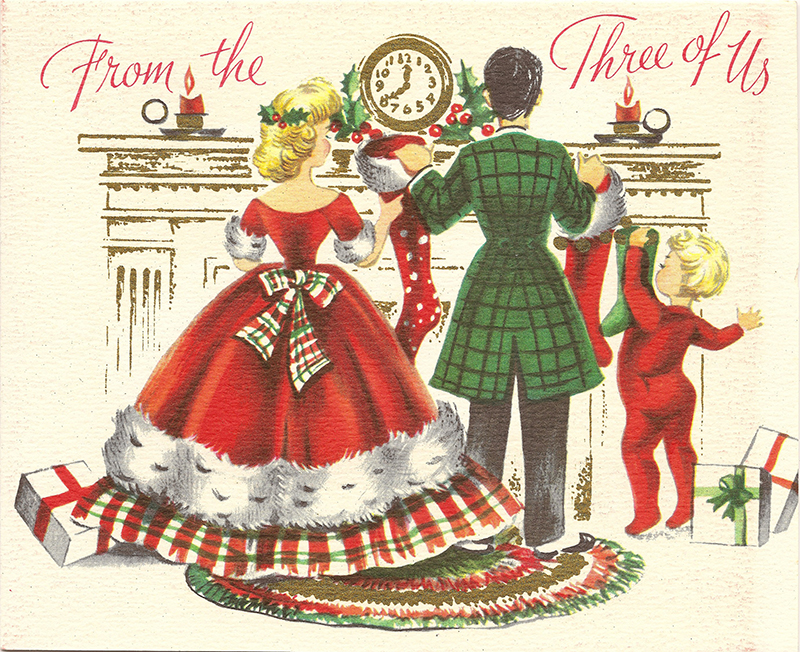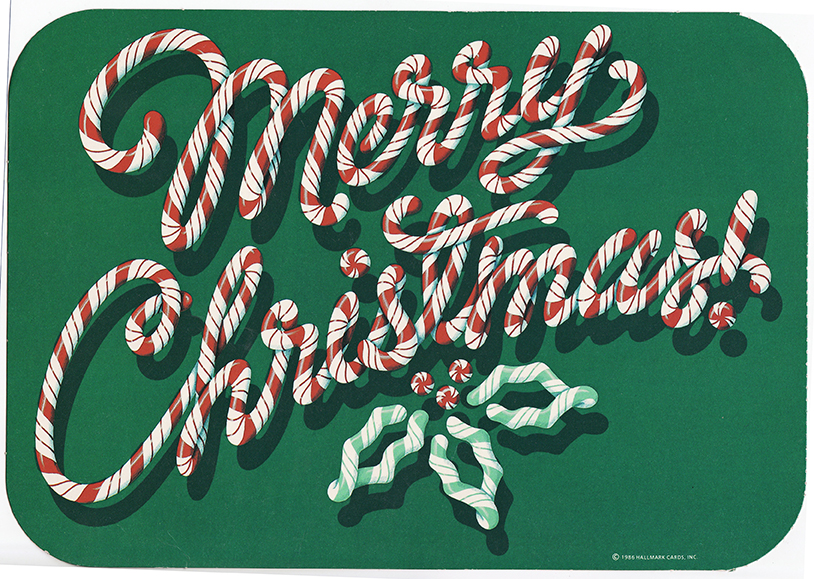 The year is 1872 and you've been stationed behind this press for seven hours already. The weather this January has chilled the press room and your fingers are starting to go numb from touching the cold metal. You look up at the clock, you've still got five hours left. You look down at the page your currently typesetting, all the little type blocks are starting to blur together. "Curse that robber baron George Brown" you mutter to yourself. Your co-worker at the Toronto Globe over hears you and cheers in support. You heard that the railway workers out in Hamilton were forming groups and calling for a three hour reduction in their shifts. A nine-hour day? How glorious does that sound?
The year is 1872 and you've been stationed behind this press for seven hours already. The weather this January has chilled the press room and your fingers are starting to go numb from touching the cold metal. You look up at the clock, you've still got five hours left. You look down at the page your currently typesetting, all the little type blocks are starting to blur together. "Curse that robber baron George Brown" you mutter to yourself. Your co-worker at the Toronto Globe over hears you and cheers in support. You heard that the railway workers out in Hamilton were forming groups and calling for a three hour reduction in their shifts. A nine-hour day? How glorious does that sound?
It wasn't until March, 1872 that the Typographic Union decided to go on strike. They, like many others felt that 12 hour work days were too much, and that society would benefit much more from employees being at home building a strong family life instead of slaving away countless hours on the job. There were many groups coming together at the time, but the Typographical Union strike gathered the most attention and support.
As the strike continued The Toronto Trades Assembly (TTA) gather their collective unions in support. In Canada, union activity was still an arrest-able offence and George Brown, founder of the Toronto Globe, used this to put key leaders in jail. These actions began a snowball effect with further demonstrations and unions joining in to support. The movement grew and spread to the nation's capital, where Prime Minister Sir John A. Macdonald answered their call. Although this movement did not end with a reduction in our work weeks, it helped to pass the Trade Union Act which de-criminalized union activity. This allowed workers to fight for their rights and continue to rally for a 54-hour work week.
Many of us just see Labour Day as a marker for the end of the summer and the last day before the beginning of the new school year. At one point it was just a bunch of disgruntled typographers sick and tired of putting in long hours at the press.
